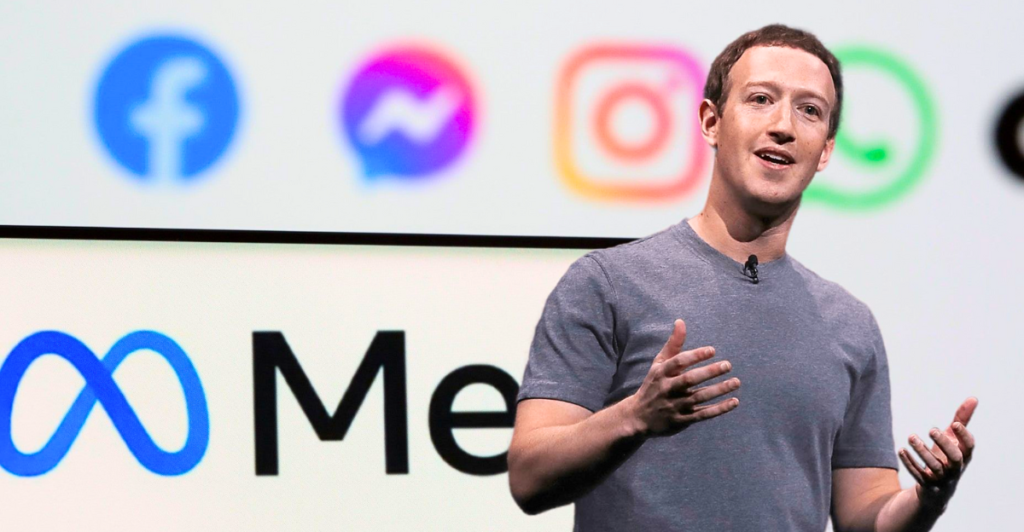
Advertising is undergoing its biggest transformation in decades—and it’s being driven by Meta’s vision of AI-powered automation. With global ad spending approaching $1.1 trillion in 2024, Meta is pushing for “infinite creative,” where algorithms design, place, and optimize ads with minimal human input.
This shift threatens to upend a 50-year-old industry rooted in agencies, creative teams, and third-party measurement. As one ad executive warns, “No one will trust platforms grading their own homework.” This isn’t just disruption—it’s a total rewrite of the rules. What happens when creativity, strategy, and accountability are handed over to machines?
How AI-Generated Ads Are Gutting Creative Jobs
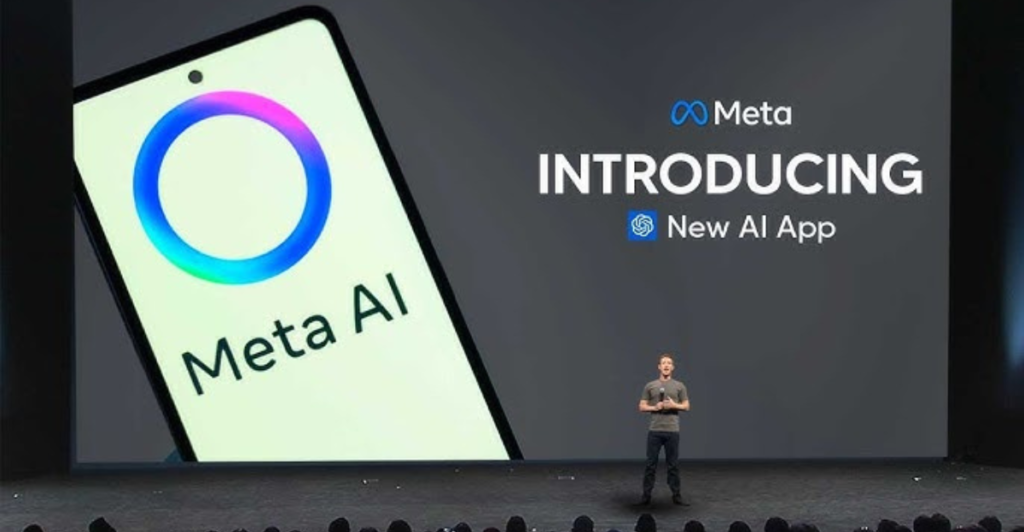
Meta’s AI now writes ad copy, generates product visuals, and churns out endless campaign versions in seconds. For small advertisers, it opens doors. For creative professionals, it sounds an alarm.
In 2024, 30% of Meta’s advertisers used AI for creative work, with a 5–7% engagement bump. As performance becomes king, cost trumps creativity. The $2.5 trillion global creative services industry is projected to grow 40% by 2030, but automation may disrupt traditional roles in sectors like advertising and publishing
While efficiency soars, originality risks vanishing. If automation replaces artistry, the creative core of advertising may become obsolete—and a generation of professionals left behind in its wake.
When One Company Owns Both Ads and the Scoreboard
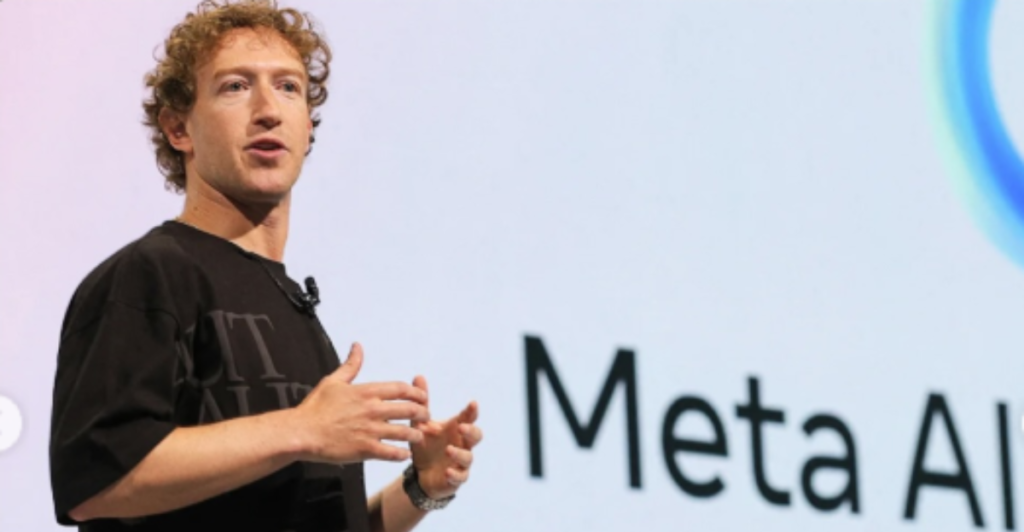
Meta’s push for AI-controlled ads centralizes creation, delivery, and measurement—a shift that risks sidelining third-party verification tools historically used for transparency. Nearly three-quarters of marketers (73%) report declining confidence in social platform data accuracy due to signal loss and legislative changes.
With third-party verification declining, 57% of brands anticipate reduced ability to measure ROI, incentivizing reliance on closed ecosystems like Meta’s. The $725 billion programmatic advertising sector (projected for 2026) faces risks from eroding transparency and trust.
As attribution grows harder and platforms tighten control over ad reporting, advertisers are left with fewer independent checks. In this opaque algorithmic environment, brands may lose the clarity they need to optimize campaigns—undermining the very performance metrics digital advertising was built upon.
Why Small Businesses Might Be Getting Trapped

Meta promotes AI ads as a breakthrough for small businesses, yet growing reliance tells a more complicated story. Over 80% of Meta’s 10 million-plus advertisers are small firms, but many face rising costs to maintain the same reach.
AI-powered automation promises efficiency but often leads to unpredictable performance and increased spending. Meta’s overall operating margin hovers around 41%, reflecting high profitability across its ad ecosystem. Though exact figures on small business ad spend remain unclear, experts agree the platform’s structure increasingly benefits scale and automation—favoring Meta more than its users.
While the system is accessible and powerful, it’s also one where convenience can give way to dependency. For many small businesses, visibility now comes at a steeper price within a tightly controlled ecosystem.
Meta’s AI Uses Predictions to Bypass Privacy Laws

Meta’s AI models no longer need users’ data—they infer it. By analyzing patterns like bank activity and browsing behavior, the system predicts traits like age, income, or politics, bypassing traditional data privacy laws like GDPR and CCPA. In 2024, Meta revised its policies around “sensitive data,” enabling this kind of profiling.
A 2025 EU study estimates AI-inferred targeting will grow 300% faster than traditional cookie-based tracking. The result? A major shift in how personal data is used without explicit consent. This predictive power raises serious questions about the future of privacy in digital marketing—and who really owns your identity.
Meta vs. Google—The AI Arms Race for Ad Supremacy
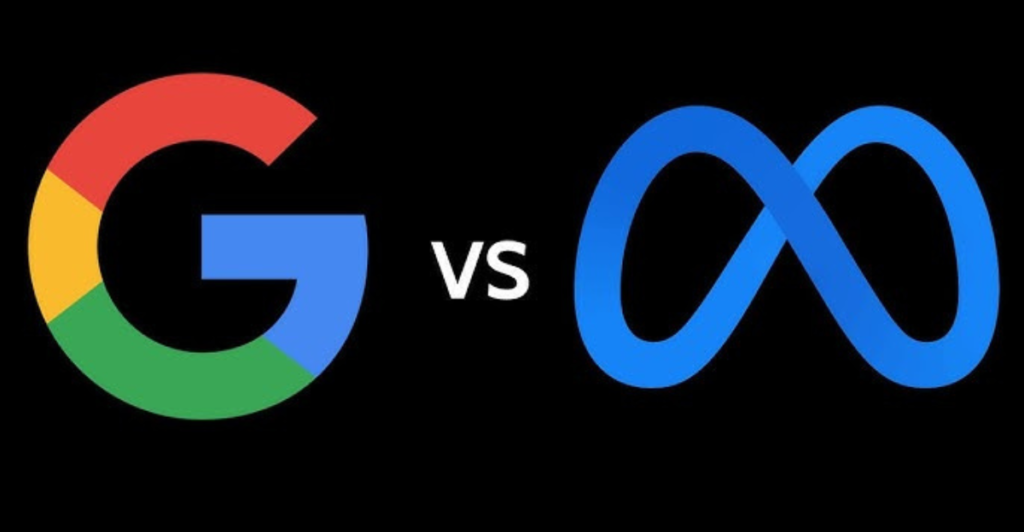
The battle for dominance in digital advertising is heating up between Meta and Google, with AI at the center. While Meta leans into AI-generated creatives, Google is strengthening its position through AI-driven shopping features and YouTube ads. Digital channels now account for 72.7% of global ad spend, with Google and Meta together controlling an estimated 40–50% of the digital advertising market.
In 2023, Google accounted for about 39% and Meta for roughly 21.5% of global digital ad revenues, with both remaining the dominant players in 2024. Meta’s aggressive AI push could help it close the gap with Google, but there are concerns that AI-created ads risk becoming repetitive and indistinct.
Whoever solves the challenge of making AI both scalable and brand-specific may emerge as the leader in this digital ad race
TikTok Challenges Meta with Human-Centered AI Ads
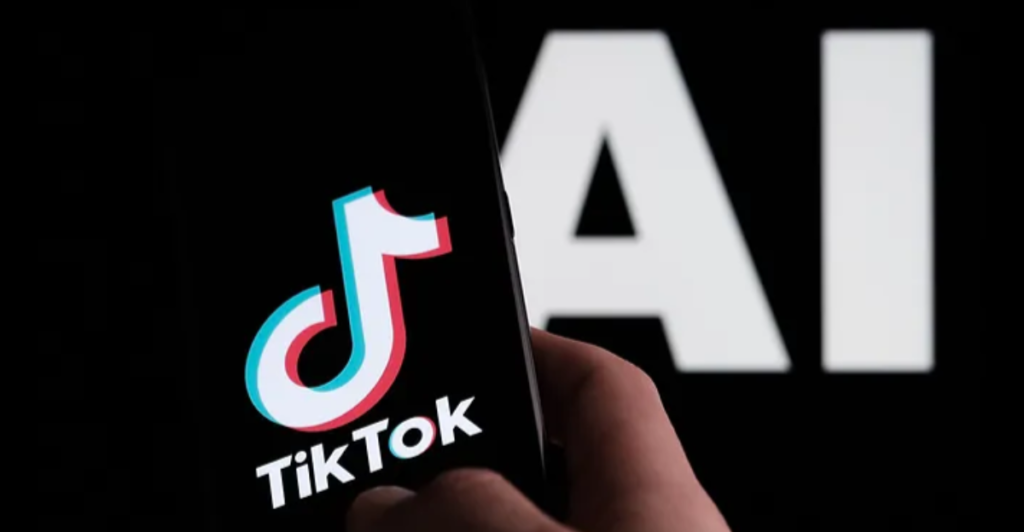
TikTok is disrupting the AI ad race by combining AI automation with authentic, creator-driven content. Its Smart+ AI tool appeals to Gen Z, 94% of whom trust influencers, and 68% prefer user-generated content over polished brand ads.
In response, Meta has ramped up AI-curated Reels, boosting Instagram engagement by 24% in 2024. Still, critics argue AI can mimic trends but not generate culture.
The platform that balances AI speed with genuine creativity will likely win younger users. In this generational tech war, Meta’s size must contend with TikTok’s cultural fluency and nimble innovation.
AI Ads Are Shifting the Definition of Success

Meta’s AI doesn’t just run ads—it sets the standards for success. Instead of sales, Meta’s AI prioritizes engagement metrics like time spent, though conversions remain part of its optimization strategy.
Brands face growing opacity in linking AI-driven metrics (e.g., clicks) to actual purchases, with 57% reporting reduced attribution capabilities in 2024. Meanwhile, analysts note a shift toward open-web alternatives as walled gardens lose market share, driven by transparency demands.
AI-Powered Ads Lay the Groundwork for Virtual Commerce
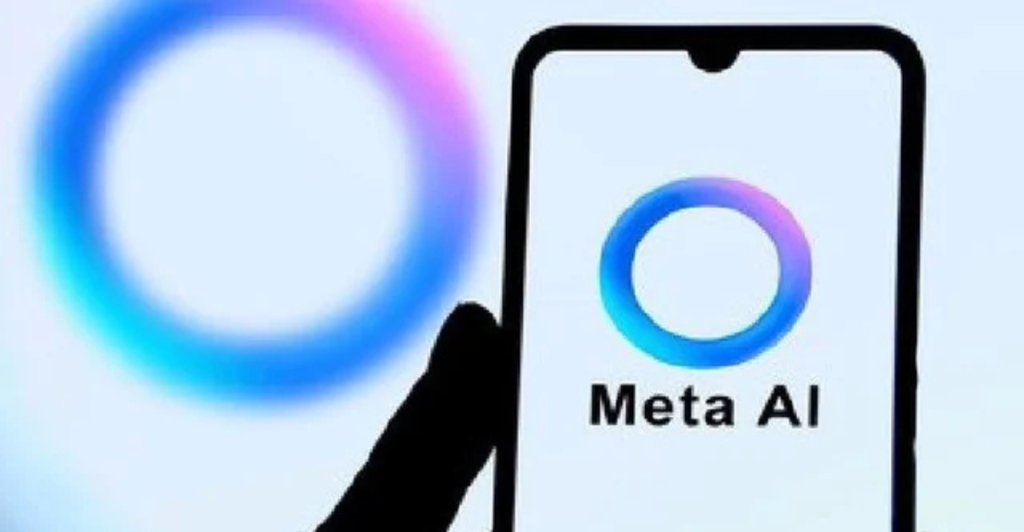
Meta’s metaverse might still be struggling-$17.7 billion in losses against just $2.1 billion in revenue in 2024-but its AI ad tech is building the foundation for future virtual shopping. Features like AR filters and 3D product previews are early experiments in immersive marketing.
Analysts believe that by 2030, AR and VR commerce will be a significant growth driver for Meta, with AI-built virtual stores and interactive ad experiences becoming increasingly important. While the metaverse remains a long game, today’s AI ad tools are already shaping how consumers engage with products in digital spaces-paving the way for tomorrow’s shopping experiences.
Advertising’s Future Is Machine-Led—But Not Set in Stone
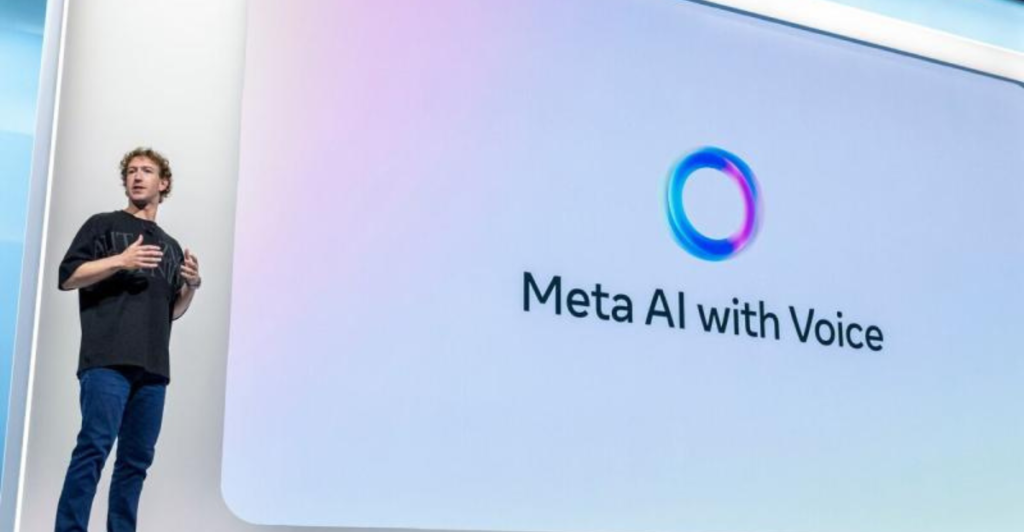
Mark Zuckerberg’s AI vision is not just about optimization-it’s about minimizing human error and maximizing efficiency. By 2027, 79% of global ad spend is expected to be algorithmically enabled, reflecting the growing role of AI in advertising processes.
Yet the most successful brands won’t abandon humans-they’ll pair AI efficiency with human insight. Industry research shows that campaigns combining AI and human expertise achieve stronger results than those relying on either alone.
With algorithmic ad spend projected to reach approximately $850–$900 billion by 2027, adaptation is critical. The industry’s future lies not in resisting AI, but in mastering its use. Meta may be rewriting the playbook-but the final outcome will be decided by how brands choose to play.
Discover more trending stories and Follow us to keep inspiration flowing to your feed!

Craving more home and lifestyle inspiration? Hit Follow to keep the creativity flowing, and let us know your thoughts in the comments below!
